What is special about the plantain plant?
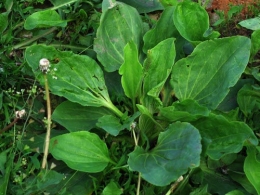
Lanceolate plantain is a plant belonging to the plantain family. It is considered a species of the plantain genus. Place of distribution: Northern Hemisphere, areas with a temperate climate. Prefers moist soils of upland or floodplain meadows, fertile soils of forest clearings, and is found in clearings and clearings.
The ideal time to collect leaves is before flowering begins. It is better to collect leaves in the meadows. Leaves should not be collected from roadsides. Since this plant is widespread, it is necessary to choose the best place to collect raw materials. Plantain lanceolata grows together with other plantain species.
Nothing bad will happen if you accidentally confuse the lanceolate plantain with other plants of this species (medium or large, for example). Not only are they very similar in appearance, but their abilities and properties are almost identical.
Content:
Useful qualities
Plantain it contains flavonoids in its leaves, inflorescences and stems; it also contains phenolcarboxylic acids, as well as derivatives from them. Leaves are a source of carbohydrates and organic acids. The list of these acids is as follows:
- fumaric
- neochlorogenic
- chlorogenic
- vanillin
- ferulic
- para-hydroxybenzoic
- protocatechuic
- para-cumarova
The seeds contain mucus and fatty oils.
A study of the roots showed that they contain the following substances:
Use in folk medicine
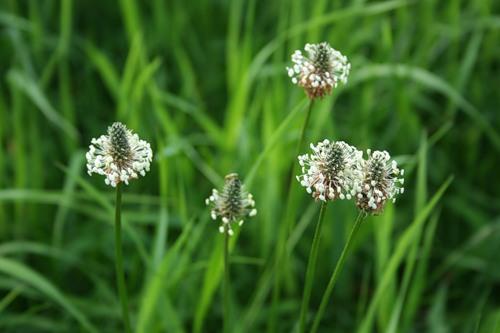
Traditionally plantain used in treatment cough, its effect is similar to that of coltsfoot. This is due to the similarity in composition. In particular, the presence of silicic acid and tonic bitterness. The following quality of plantain is interesting: its juice is not susceptible to mold. This is what distinguishes it from the juices of other plants. This is due to the presence of an antibacterial substance in its composition. The same substance has a beneficial effect on the body in the treatment of bronchitis and pneumonia.
To treat cough, use tea and antitussive juices that contain plantain extract. The German National Health Service notes that plantain can soothe irritations of the upper respiratory tract and fight inflammation in the mouth and throat.
Homeopathy chose the great plantain for healing. A remedy is known that bears the Latin name of this plant - Plantago major. But scope of application The use of this plant in homeopathy is somewhat different than in traditional medicine. Here plantain is used to heal neuralgia, urinary incontinence, hearing diseases and even toothache.
If the tincture is used to treat the ear, it is diluted with glycerin. Proportions 1: 1. The resulting solution is dripped into the ear. In this case, aucubin is an antibacterial substance. More precisely, the product of its cleavage is aucubigenin. For other purposes, the tincture is diluted with water and drunk 5-15 drops.
Plantain has been used in folk medicine for many centuries. Its action has been studied at a fairly good level. If you squeeze the juice from the leaves, it can be used to purify the blood.If this juice is diluted with a decoction of chamomile, it can be used to treat wounds that do not heal for a long time.
Fresh leaves can be applied to newly developed wounds. Before this they are washed and crushed. If you apply clean crushed leaves to the places where insects have bitten, the itching will go away and the swelling will subside. To treat a cough, you can buy ready-made medications at the pharmacy; you can mix the juice of plantain leaves with honey and drink it to treat a cough.
By preparing tea from lanceolate plantain, you can successfully fight coughs, attacks of bronchial asthma, and colds. There are many reviews of the successful treatment of whooping cough.
There are cases tea treatment from plantain lanceolate hemorrhoids, bladder and kidney diseases. With the help of this remedy, the condition of young girls with too heavy menstruation and leucorrhoea is corrected. There is an opinion that using this tea can remove roundworms. They say that with the help of this plant you can get rid of your bad habit and quit smoking.
Cooking methods
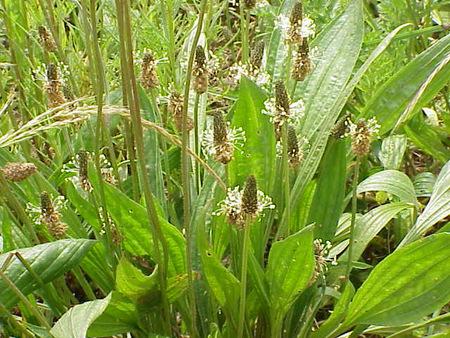
- Brew 1 large spoon with a glass of boiling water, leave for 2 hours, then filter, drink 2 large spoons half an hour before meals. This method works for gastritis, peptic ulcers, enterocolitis, whooping cough and, of course, bronchitis.
- A tablespoon of seeds is poured with half a glass of boiling water and left for half an hour. If you need to take a laxative, drink this decoction in the mornings and evenings along with the seeds. Suitable for chronic colitis, constipation.
- Shredded fresh leaves in equal proportions with honey or sugar, infuse in a bowl, covered with a lid. Choose a dark place. You should drink one large spoon 3-4 times a day. The product is washed down with water.This remedy alleviates the condition of lung or stomach cancer.
- Dry leaves in crushed form in the amount of 3 tablespoons are poured with a couple of glasses of boiling water. Leave for 2 hours. The infusion is used to wash wounds; you can use it to make lotions on abrasions, wounds, bruises, tumors and other sore spots. Gauze is soaked in the infusion, applied to the sore spot, and a bandage is applied on top.
- Fresh Juice. Drink it before meals 15-20 minutes in small quantities, for example, one large spoon. This should be done 3 times a day. You can mix it with honey in equal proportions. Take it before meals to improve the condition of lung or stomach cancer.
Watch the video about the medicinal properties of plantain:
Interesting information about the vegetable garden

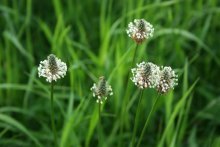
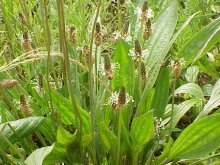
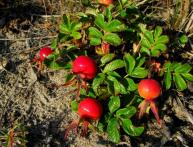
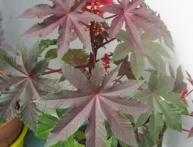
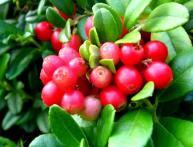
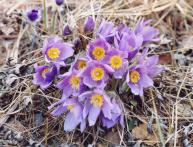
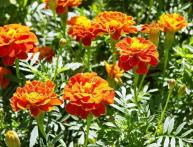
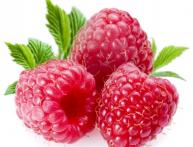
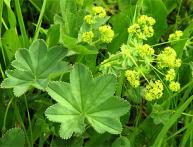
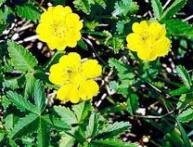
Comments
We even cured severe forms of pneumonia with plantain juice mixed with honey. Helps better than antibiotics.
So far I have been buying cough mixtures with plantain at pharmacies. Now I'll try to do it myself. Does the first recipe call for leaves or seeds?